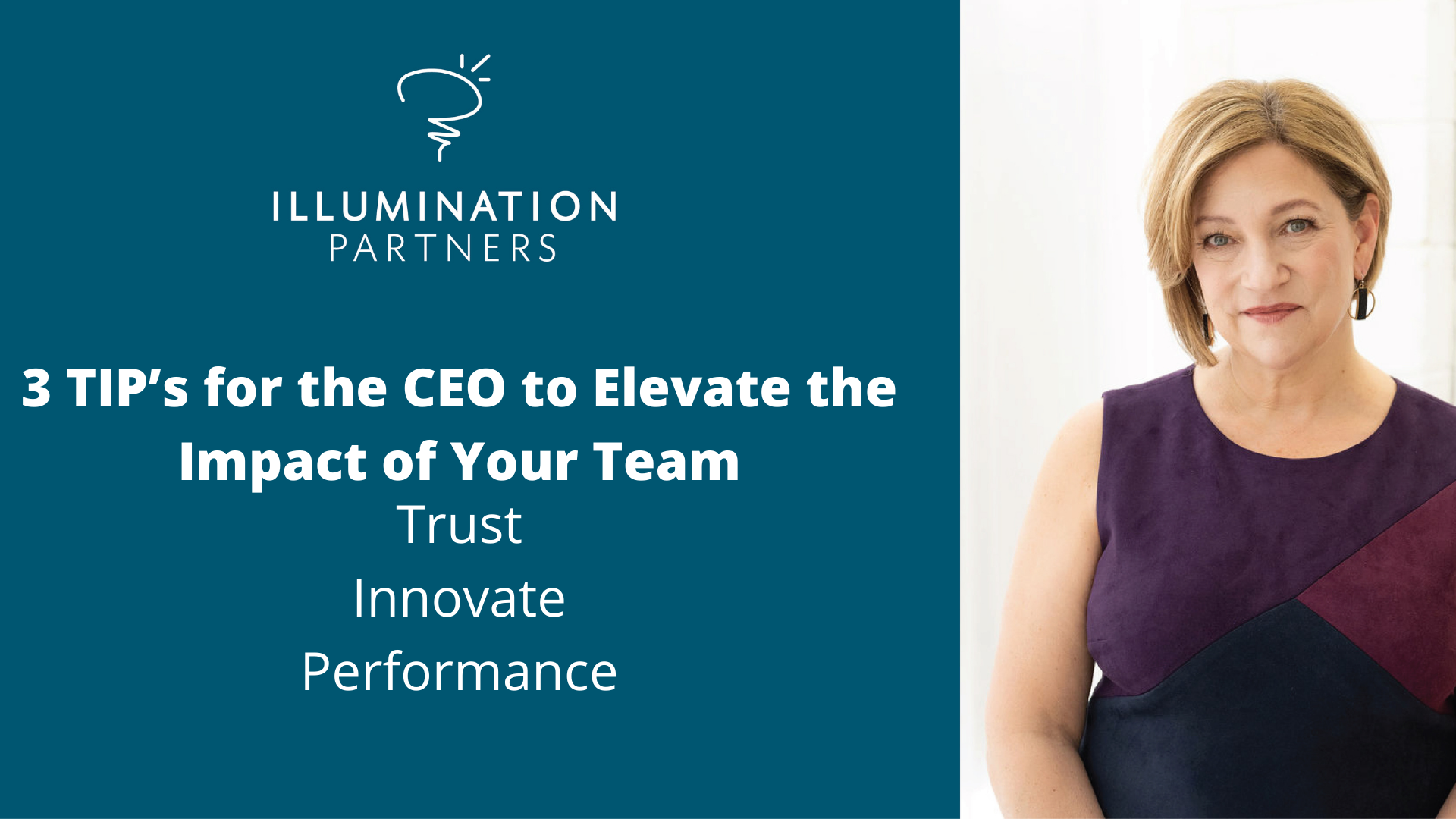I’m a Lean Practitioner, so let’s just get to the point… a CEO must strive for “Impact” and not achieving goals. I boil it down to this simple approach, but be ready for your world to be turned upside down. The CEO’s Compass and the North-West point “Performance” will guide you towards Impact.
- Trust
- Innovate
- Performance
Now, I know you’ve read every leadership book that hits the Amazon Best Seller List and you could probably teach each of these concepts, but let me propose something new to get you to “Think Differently” than most experts.
Trust:
We talk about building trust, earning trust, trusting others as a way to create high performance teams and my conversation with David Hancock of Morgan James Publishing also talks about trusting yourself and the process. When Dave and I spoke on Episode 117 of The Drop in CEO podcast where we talked about Trusting “himself” to be a best selling author and Trusting the “timing” of when he was to finally achieve success. Sometimes we muscle past these important elements when these are really the leading indicators of ultimate success.
Trust yourself – starting from a place of “Self-Trust” is necessary before you can create Trust for your team. Do you believe you have the skills and resources that you can lead your team, with a heavy emphasis on “belief”. If not, don’t move onto the next TIP
Trust timing – often something we think we can control, but until opportunity meets up with careful preparation, you really can’t control the timing. Trust that the right “time” will show up when it’s ready.
Balancing the reality that “Trusting yourself” is in your control while “Trusting timing” is not in your control and you can accept this, will you see your ability to impact others to achieve high Performance
Innovate:
My upcoming conversation with Rochelle Smith of the Daily Social Club on Episode 118 of The Drop in CEO Podcast, we discuss how to pivot her business in Covid and still serve her clients. Rochelle took the high road, gathered her team and found innovative ways via technology to not only provide the social services for her clients, but also engage care-givers in the process.
Through unplanned innovation, the impact of her business actually grew in the face of crisis. Given this is an example where her business benefited, wouldn’t it be a better model for CEO’s to be constantly innovating to be prepared for when crisis may strike?
Do you include innovation as part of your planned conversations with individuals, teams and your business?
A quick story about myself, I would often get low marks for innovation in my career, but lacked the guidance to know what did innovation look like? Later in my career, when I innovated and tried new things, it was not met with support; simply “that’s nice” and cautioned to make sure I achieved the goals.
Which leader are you? Heads down to the troops or is it part of daily conversations? You may be missing out to create a culture of innovation and when faced with a crisis, your team does not have the capability to respond.
Performance:
In my book to be released later this year, The CEO’s Compass – Getting You Back on Track, I speak about performance, but not in the typical context you would expect. Often we discuss “High Performance Teams” and the dynamic of support & accountability to each other. I get that, but I think there is something missing from creating an “event” vs. a systemic process to align all people up and down the organization towards an outcome.
As a leader, we have to assure that Purpose and the Strategy to achieve the purpose is understood at the Business, Team and Individual Level. Then at each level, we have to align the Purpose to each individual’s work and how it is connected. During that process, we need to be able to assess the Capability of the people to support the Strategy and where there are gaps, develop those skills.
Case in point – if we say our purpose is to be the supplier of choice through building trusting relationships, that sounds nice, but do your people have those skills at each level? If at the business level, only Customer Service and Sales have the customer relationship skills, but your internal functions have poor customer skills, we’ve not addressed the capability to support your strategy. So Performance needs to be thought about as a system to assure Capabilty exists and where there are gaps, close the gaps. Where purpose is not defined in connection with a job function, close that gap as well.
I find when we address systemic gaps in Connection & Capability, the Performance comes and we can toss the playbook on building “High Performance Teams”, because it comes with the Performance System you created.
Now that I have your attention, I want you to pause and reflect and ask yourself these questions:
- Do I Trust myself and the timing to have an “IMPACT” on this organization?
- Do I give myself and the team to Innovate as a daily process and support the development of that capability?
- Do I really focus on the systemic elements of Performance as a daily practice focused on aligning each individual’s contribution to the purpose and closing gaps as part of internal business development?
If you answered “Yes” to all of these questions, you’re on your way to creating an organization that will have “Impact.”
If you answered “No,” let’s have a conversation to see how The CEO’s Compass can get you back on track.
